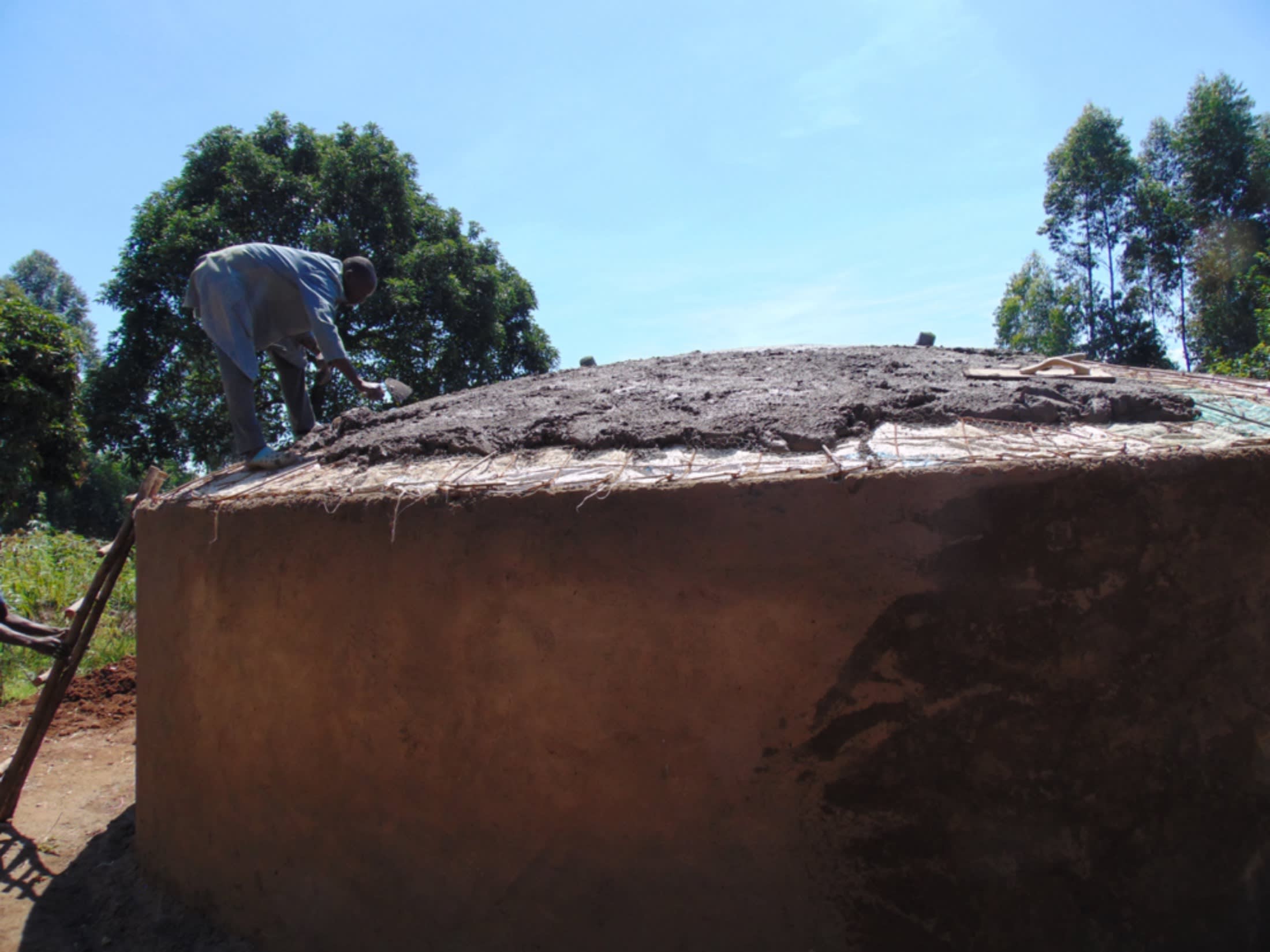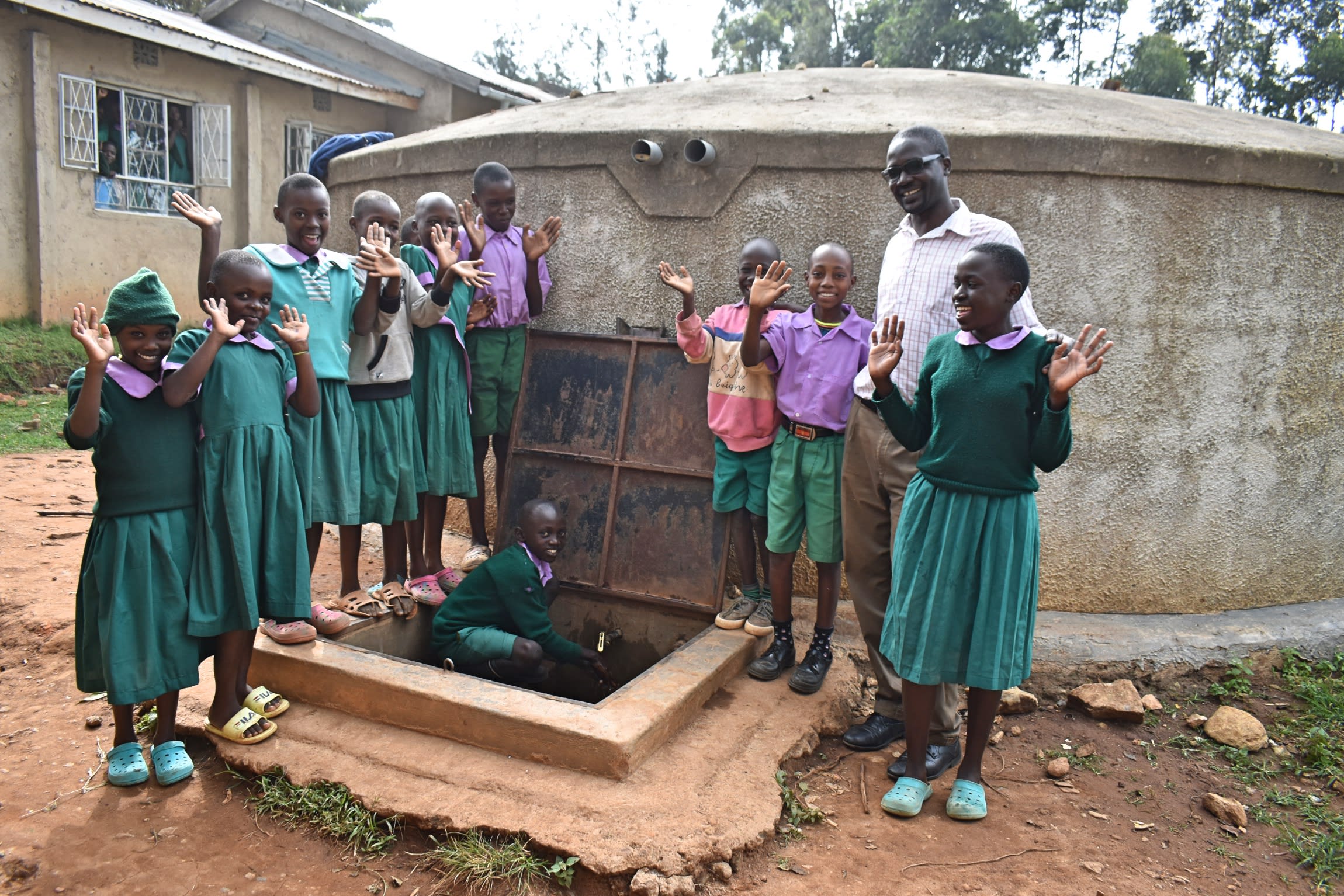Please note, original photos were taken before the pandemic.
Jeptorol village is a peaceful, rural area with frequent noise from motorcycles which is the common mode of transport in this place. The area is vegetated mainly with tea plantations and trees, though a few people grow maize, bananas, and vegetables too. People here also rear cattle, goats, and chickens on a small scale. Beautiful scenery comprising of granite rocks in varied shapes can be seen in different parts of the village.
K.G. Jeptorol Primary School was founded in 2002 under the sponsorship of the Pentecostal Assemblies of God (PAG) Church. The school's original goal was to serve orphans and children living in destitution in the community. The church building served as classrooms until 2007 when the school constructed its first classrooms. It started with an enrollment of 57 pupils and 3 staff which has since grown to the current population of 409 pupils and 15 staff. Teachers and staff still share the staff room and kitchen with the church, which is in the same compound as the school.
What neither the church nor the school has been able to provide for students is a source of water on campus. The lack of water on campus means the entire school relies on students carrying water from home for all of the school's drinking, cooking, and cleaning needs. But the students can never carry enough to meet all of these needs. Still, it is a daily requirement the school has no choice but to enforce.
On a typical school-going day, each pupil begins their morning early at home by collecting water. They must either take it from their family's water storage, such as their home rain tanks or buckets where their mothers already fetched water by hand. Otherwise, after washing up and taking breakfast, they begin their walk to school and hope to collect water along the way. Some students will fetch water from surface runoff on the side of the road or streams, simply because it helps them get to school on time.
"As a mother, it pains me when l see children as young as 4 years walk into school every morning carrying water and books at the same time. Cases of absenteeism are very high because pupils get sick frequently as a result of the consumption of contaminated water. We are eagerly awaiting the implementation of the WASH project in our school so that these problems can be solved," said Headteacher Mrs. Florence Aseyo.
By 7:00 am, pupils arrive in the school compound carrying their jerrycan of water and a bag of books. They arrive at 7:00 am and start with some cleaning tasks. There is not always enough water to clean things thoroughly, however, so things like the latrines and students' hands frequently go unwashed. Students start their classes at 8:00 am until 12:45 pm when they break for lunch. Lunchtime is another opportunity for students to walk home and back to fetch more water.
Pupils are back at school by 2:00 pm with more water from home. Immediately after they arrive, pupils attend afternoon lessons until 4:00 pm when they go for games or, if it is a Friday, they wash the classrooms, offices, and latrines. They are released for the day at 5:00 pm. In between lessons, pupils are given short breaks to use the toilets and play.
There are many complications to an entire school relying on students for water. Pupils often arrive late and tired from their burdensome walk, and sometimes they are too tired to focus well in class. This negatively impacts their performance.
Since teachers and parents alike cannot monitor the children as they fetch water at home, no one is sure of which source is safe for consumption and which is dirty. Even clean water is contaminated by pupils' dirty containers or unwashed hands as they carry the containers to school. And once at school, the water is combined for use, so even 1 contaminated source means everyone is at risk of water-related diseases.
Drinking water from this water source causes frequent illnesses among students and teachers alike. The most commonly reported cases include typhoid, bilharzia, and diarrhea due to the consumption of the contaminated water brought to school.
School staff must also enforce a strict rationing system to make do with the little water students are able to bring to school, impacting everyone at school.
"I get very thirsty during the day but I have no water to drink because the water that we bring from home is very little and is only used for cooking, cleaning, and other chores. We also don't wash our hands after using the latrines, yet dirty hands are major transmitters of hygiene-related diseases," said pupil Critcos.
"If we had water in school, we would have sufficient, clean, and safe water to drink, clean, and cook."
What We Can Do:
Rain Tank
A 75,000-liter rainwater catchment tank will help alleviate the water crisis at this school. The school will help collect the needed construction materials such as sand, bricks, rocks, and water for mixing cement. We will complement their materials by providing an expert team of artisans, tools, hardware, and the guttering system. Once finished, this tank will begin catching rainfall that will be used by the school’s students and staff for drinking, handwashing, cooking, cleaning, and much more.
We and the school strongly believe that all of these components will work together to improve standards at this school, which will help lead to better student academic performance and will help to unlock the potential for these students to live better, healthier lives.
Handwashing Stations
There is currently just 1 handwashing station meant to be shared among all students and staff at the school, but there is rarely enough water to fill it. It is also located in front of the staffroom, which discourages students from using it.
The student health club will oversee the 2 new handwashing stations we will provide, and make sure they are kept clean and in working condition. The club leaders will fill the handwashing stations with water daily and make sure they are always supplied with a cleaning agent such as soap or ash.
VIP Latrines
2 triple-door latrine blocks will be constructed with local materials that the school will help gather. 3 doors will serve the girls while the other 3 will serve the boys. All of these new latrines will have cement floors that are designed to be easy to use and to clean. And with a rain tank right on school property, there should be enough water to keep them clean.
Training on Health, Hygiene, COVID-19, and More
We will hold a 1-day intensive training session with students, teachers, and parents. This training will cover a wide range of topics including COVID-19 symptoms, transmission routes, and prevention; personal and environmental hygiene; and the operation and maintenance of the rain tank, latrines, and handwashing stations. There will be a special emphasis on handwashing.
Our team of facilitators will use a variety of methods to train, including participatory hygiene and sanitation transformation, and asset-based community development. We will initiate a student health club, which will prepare students to lead other pupils into healthy habits at school and at home. We will also lead lectures, group discussions, and provide illustrative handouts to teach health topics and ways to promote good hygiene practices within the school including handwashing and water treatment. We will then conduct a series of follow-up trainings before transitioning to our regularly scheduled support visits throughout the year.

 Rainwater Catchment
Rainwater Catchment
 Rehabilitation Project
Rehabilitation Project












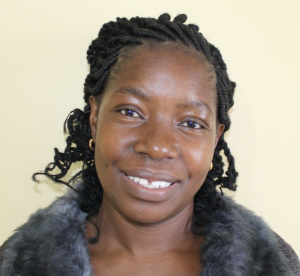


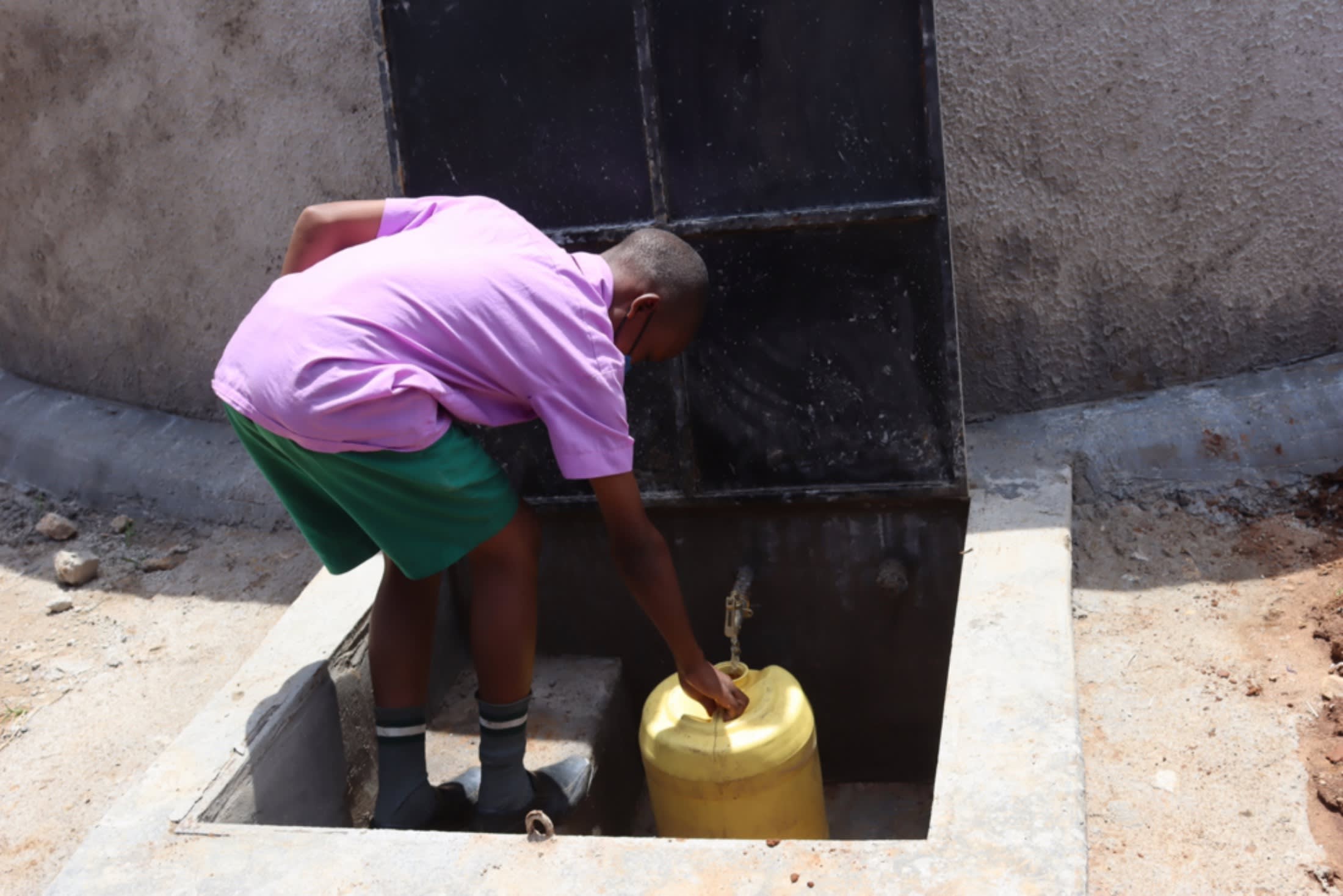

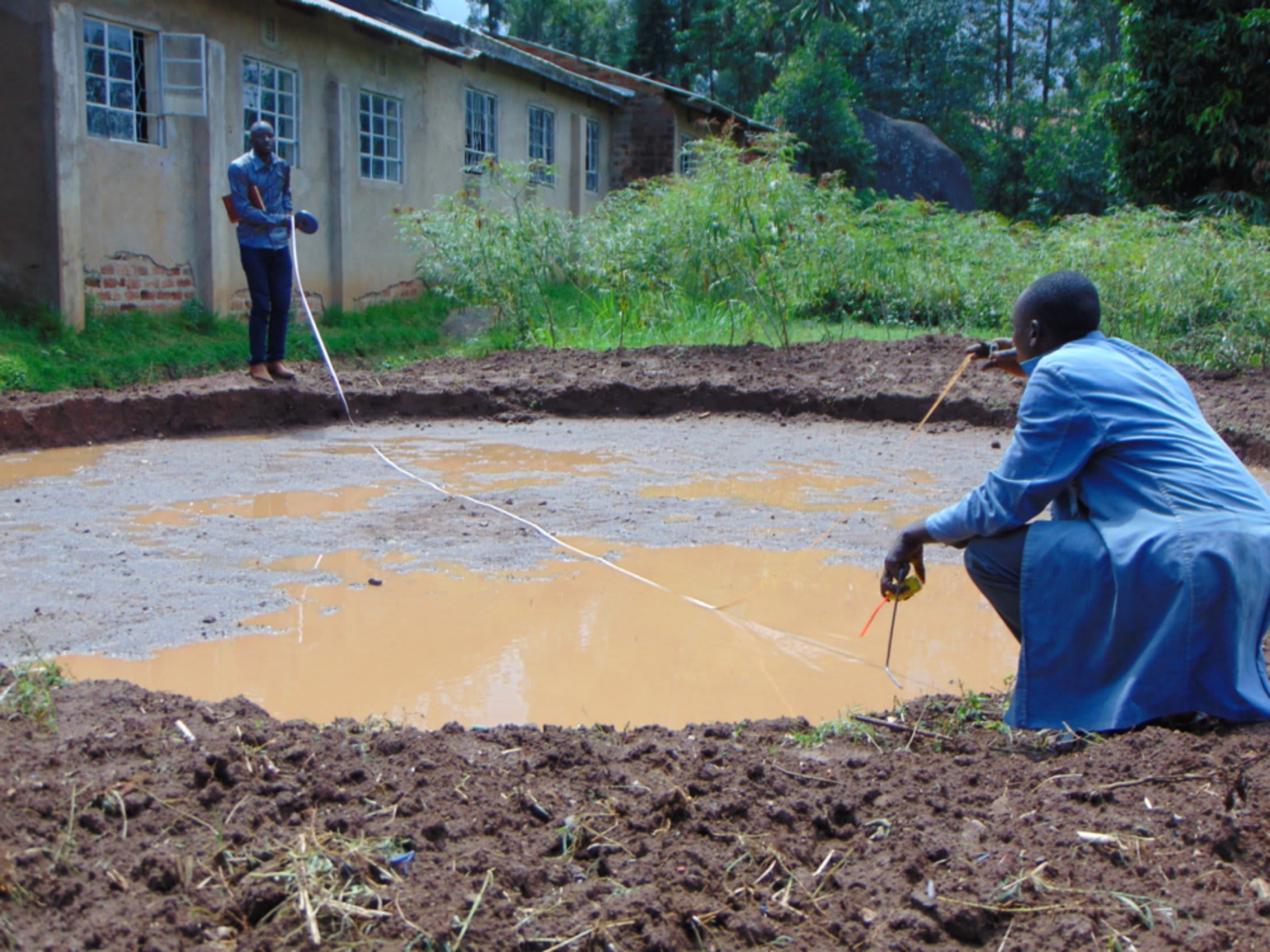 The process officially began with our staff and school administration looking around the school compound to determine the best location for a new rain tank. This needed to be the best site with enough land and a nearby building with good, clean roofing to catch the rainwater.
The process officially began with our staff and school administration looking around the school compound to determine the best location for a new rain tank. This needed to be the best site with enough land and a nearby building with good, clean roofing to catch the rainwater.


